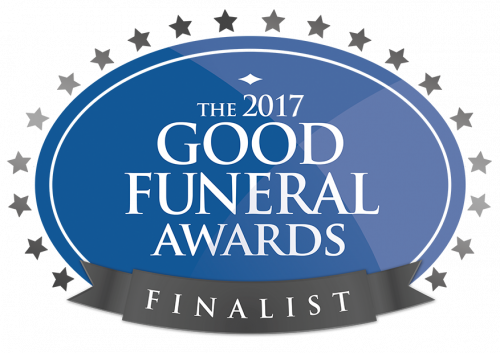A funeral may need organising at a moment’s notice. But how much notice do you think is advisable, or reasonable, for renovating and repair a gravestone? And what should the relevant institution do to accommodate health and safety concerns, if you don’t take action fast enough?
Many churchyards monuments are, by anyone’s measure, on the unsafe side of upright. Land settles; time passes; some might say it’s the higgledy-piggledy appearance of headstone in an expanse of church ground that actually provides quintessential Britishness to our countryside.
For the most part, ‘caveat visitor’ is the adopted position of the Church. Being aware of surroundings and taking care to avoid situations of peril seems like common sense. However, we have seen at least one death reported this century in Glasgow as a consequence of young children playing, unsupervised, among unsteady headstones.
Now, in Kilsyth, notifiable family members are being served 21 days’ notice when headstones in Kilsyth Cemetery are deemed to be ‘unsafe’.
Not surprisingly, the health and safety measures being implemented in the interim are causing as much concern as the need for remedial action: plastic orange hazard barriers are always an eysore. It is debatable, as to whether or not they provide enough deterrent for the people who would be most at risk.
This is a balancing act. For the Church; the local authorities – in this case, North Lanarkshire Council – insisting on regular risk assessments; heritage and preservation societies; and the families themselves. What’s not being reported in such large typeface, are the steps then being taken to remedy these situations.
The notices make this clear: “It may be necessary to lay this stone flat or trench (set lower part of memorial place into the ground) or support it to prevent injury or damage”. Or in other words, if the family does not come forward with contractors who’ve been commissioned to take remedial action, then the headstones will be laid flat on the ground instead. Like so many others.
In actual fact, stories like these hide the facts rather well: the local authorities are taking appropriate action, which reflects what’s happened for hundreds of years. Whether anyone’s given 21 days’ notice or not, when a headstone falls over, it falls over and usually stays on the ground.

